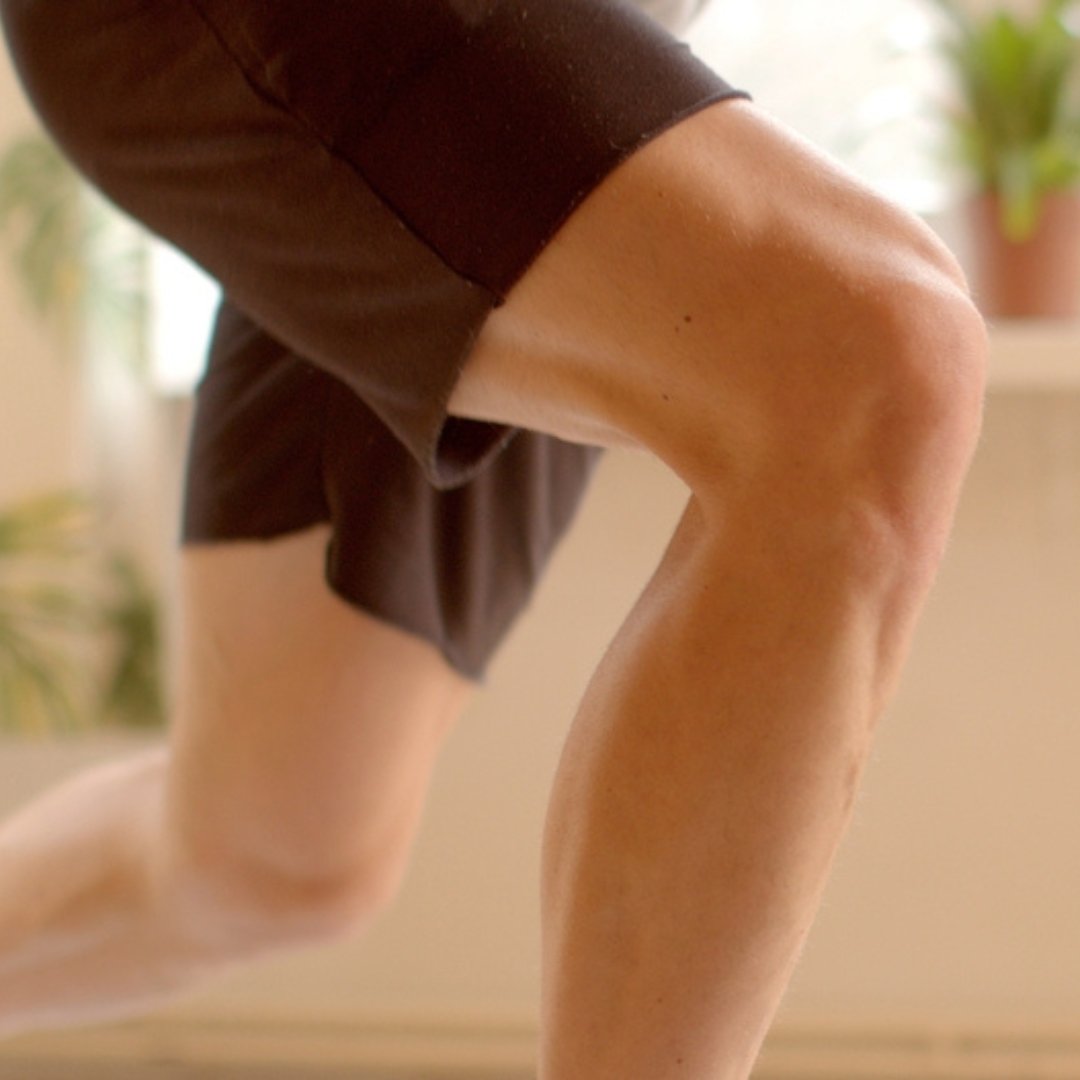
How Soon Should You Go Back to Driving After Knee Replacement Surgery?
Driving after knee replacement surgery? Learn when it’s safe to return to the road and how to manage stiffness, pedal control, and long-drive comfort.
Ever feel like your knee replacement recovery is stuck in slow motion? Like you’re working hard but just not moving forward? That frustrating in-between phase—where the pain lingers, progress plateaus, and motivation takes a nosedive—is what I call “knee recovery limbo.” You’re not alone if you feel like you're doing all the right things, but your knee seems to have missed the memo.
As someone who’s helped thousands of people through knee replacement recovery, I’ve seen this stall happen more often than you’d think. And while the reasons can vary, they usually fall into a few key categories: physical roadblocks, psychological hurdles, and external factors that sneak in under the radar. Let’s break it down—and more importantly, let’s talk about how to get you unstuck.
Knee recovery limbo is that nagging phase where progress grinds to a halt. You might still be doing your exercises (most of the time), but you’re not seeing improvement. Pain lingers. Flexibility stalls. And your enthusiasm? Gone.
What makes this stage so tricky is that it’s rarely caused by just one thing. Instead, it’s a tangle of issues that can pile up and keep your knee from progressing the way it should. The good news? Once you spot what’s holding you back, you can start making changes that get things moving again.
Before you can move forward, let’s take a closer look at what might be physically holding you back from knee replacement recovery.
Sometimes, despite your best efforts, your body just isn’t cooperating. Whether it’s stiffness, pain, swelling, or a lack of consistency in rehab, physical barriers are often the first signs that your knee recovery has hit a wall.

Let’s start with the obvious: Are you keeping up with your exercises? I get it—life is busy, and some days your knee just doesn’t want to cooperate. But consistency really is key. Skipping sessions or not finishing your exercises can quietly sabotage your progress.
Try This:
If you’ve been feeling stiffer than usual or like your progress has suddenly stopped, it could be scar tissue. This internal build-up forms as your body heals, but too much of it can actually get in the way of recovery.
Signs You Might Be Dealing With Scar Tissue:
Swelling after surgery or injury is totally normal—but if it sticks around for too long, it can block your ability to progress. Persistent inflammation makes rehab feel harder and slows down healing.
What Helps:
Now let’s flip the script: If you’re not under-doing it, you might be overdoing it. Too much enthusiasm can be just as problematic. If you jump back into activities too soon, your knee may react by digging in its heels.
Check Yourself If You Notice:
Physical hurdles are only half the story, though. Let’s talk about what’s going on inside your head.
Knee replacement recovery isn’t just about healing muscles and joints—it’s also about mindset. The emotional weight of living with chronic knee pain before surgery, combined with a slower-than-expected recovery, can sneak up on you and become just as limiting as the physical pain itself.
Even if your body is healing well, your mind might be sending up red flags. Fear of reinjury is extremely common—and understandable. But if you let that fear guide your actions, you could end up avoiding the very movements that would help you heal.
What Can Help:
After weeks—or even months—of working hard at recovery with minimal visible progress, burnout can creep in. Motivation fades, everyday tasks feel overwhelming, and you may even start to question whether the surgery was worth it. That sense of regret is more common than you’d think—and it’s okay to acknowledge it.
Recharge Your Mind:
Many people assume they’ll bounce back quickly from surgery, only to be frustrated when knee surgery recovery takes longer than expected. This disconnect can create stress, disappointment, and even feelings of failure.
Reality Check:
Mental and emotional challenges play a huge role—but so do outside circumstances you may not even realize are affecting you.

Sometimes the issue isn’t you—it’s your environment. Things like poor communication with your healthcare provider, a lack of support, or not having access to the right tools can quietly derail your progress.
You’re doing all the hard work—but if you don’t feel supported by those around you, it’s a lonely road. Encouragement matters more than you think.
Simple Shifts:
Healing is hard work for your body, and it needs the right fuel. Poor sleep, inadequate nutrition, or simply not drinking enough water can quietly chip away at your progress.
Boost Your Healing Power:
If you’ve read this far and a few things are clicking into place—good. That means you’re already gaining clarity. Knee replacement recovery isn’t linear, and it’s completely okay to reassess your plan along the way. Take a breath, take stock, and ask yourself: What’s working? What’s not? What could I change starting today?
Remember, knee recovery limbo is real, but it’s not permanent. Whether it’s physical roadblocks or mental hurdles, identifying what’s holding you back is the first step toward moving forward. You don’t need to power through with gritted teeth—you need a smart, supportive plan that works for you.
GoKnee combines a home-based program with a specialized knee device that mimics the hands of a therapist, helping you perform advanced techniques safely and effectively on your own. It supports both the physical and neurological aspects of recovery—helping retrain your brain and body to move together again. No waiting rooms. No guesswork. Just real progress—on your terms. And because you’re in control, it can be incredibly empowering, giving your mental recovery a boost, too.
You don’t have to do this alone. Good luck on your knee journey!
Good knees start here. Don’t miss a step—subscribe to KneeMail for free tips from knee expert Shehla Rooney, PT!

Driving after knee replacement surgery? Learn when it’s safe to return to the road and how to manage stiffness, pedal control, and long-drive comfort.

Protect your knee health with lifestyle tips, exercises, and therapies that help prevent degeneration and support long-term joint comfort.

Sex after knee replacement surgery is safe with the right timing, tips, and support. Learn how to return to intimacy with confidence.

Learn how neuromuscular training improves knee stability, balance, and proprioception to support joint health and prevent injuries.

Learn why knee stiffness isn’t only caused by aging and discover strategies to ease pain, improve mobility, and support long-term knee health.